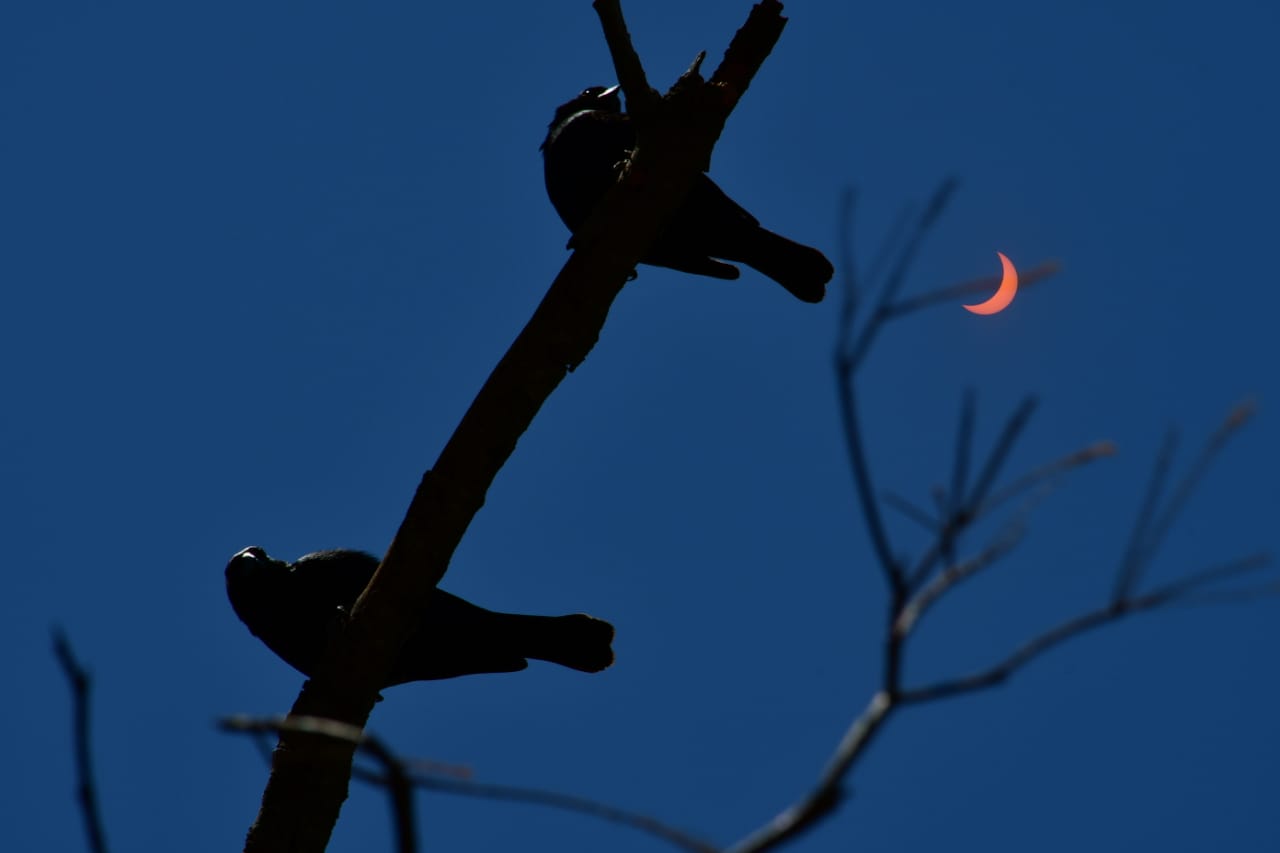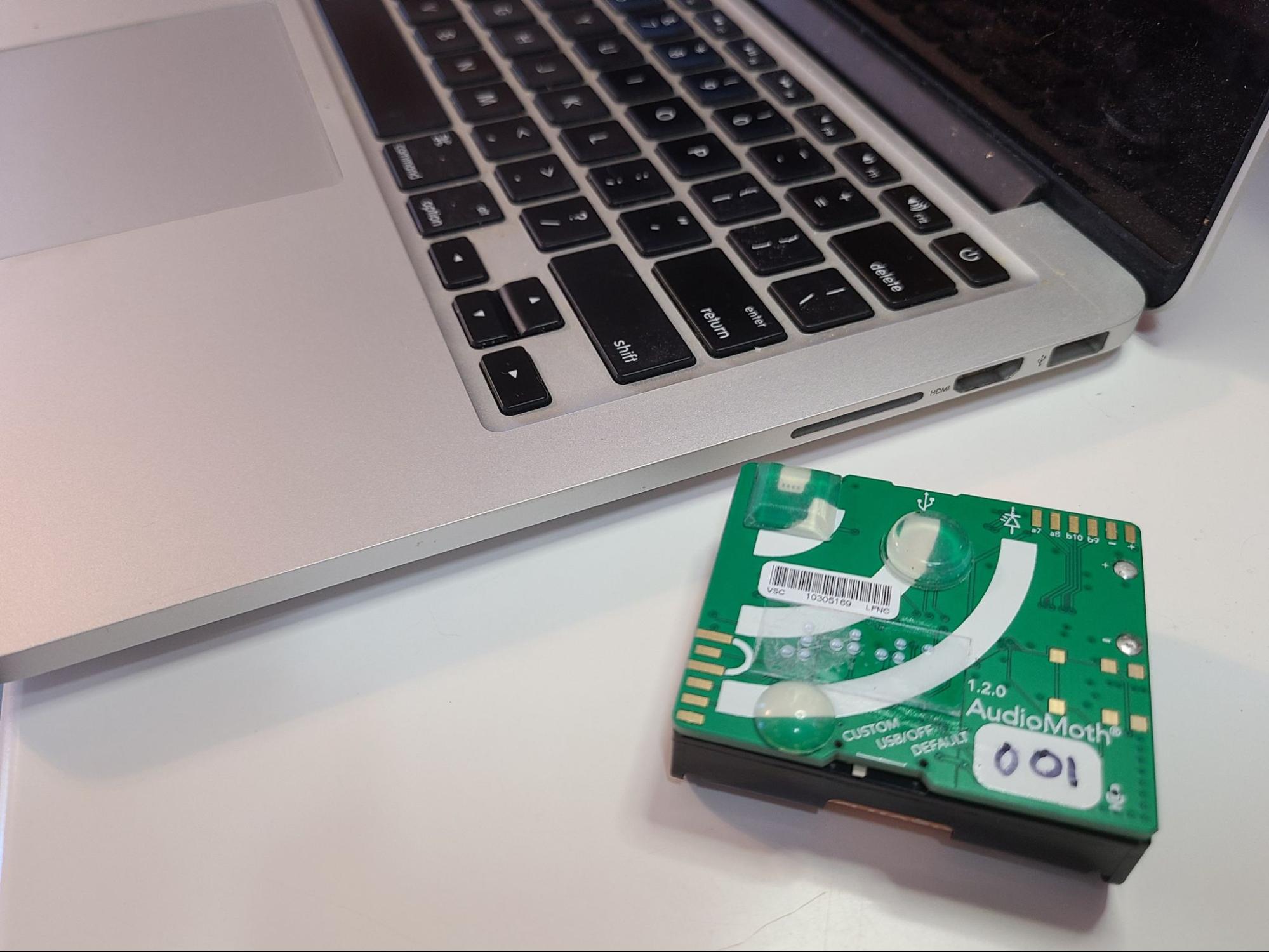News - GLOBE Observer
The Eclipse Soundscapes Project: Experience an Eclipse with All of Your Senses

Solar eclipses can generate lots of excitement, but we often talk about “seeing” or “viewing” an eclipse as if it were a purely visual phenomenon. However, there are many ways to experience a solar eclipse. You may feel the air get chilly. You may also feel or hear the wind change. Plus, you can listen as animals around you respond to these changes. Eclipse Soundscapes provides a way for you to report your observations of animal behavior.

More about Eclipse Soundscapes
The Eclipse Soundscapes Project, a NASA Citizen Science project funded by NASA Science Activation, will encourage participants to gather multi-sensory observations of eclipses to help us better understand how eclipses impact life on Earth.
Some observers of solar eclipses have noted that animals and insects may react to the changes in light and temperature brought on by an eclipse. One of the earliest studies of this was conducted in 1935 by William M. Wheeler and a team of collaborators. Wheeler and his team invited the general public to help study how the 31 August 1932 solar eclipse affected animal and insect behavior. The study reported visual and acoustic changes in the natural environment. For example, observers reported that near totality (the maximum phase of an eclipse), crickets began chirping as if night was approaching. These accounts suggest that soundscapes may change during an eclipse, and therefore eclipses can be studied in a multisensory manner.
The Eclipse Soundscapes Project will revisit this nearly 100 year old study during the 14 October 2023 annular solar eclipse and the 8 April 2024 total solar eclipse. Eclipse Soundscapes will ask for the public’s help to collect multi-sensory observations and recorded sound data. That data will help researchers to understand the impact of solar eclipses on various U.S. ecosystems.
There are many ways to participate in the Eclipse Soundscapes Project. Scientists, educators, library staff, troop leaders, park staff, and other community leaders may enjoy the facilitator role. Individuals may participate in one or more of the following roles:
Apprentice: Learn about annular and solar eclipses online
Observer: Observe an eclipse with all of your senses and submit your observations to the Eclipse Soundscapes website
Data Collector: Collect data using an AudioMoth Recorder and mail your data to the Eclipse Soundscapes team
Data Analyst: Analyze sound data using your computer or mobile device (Coming in 2024)
All Eclipse Soundscapes roles and materials were created with a multi-sensory approach to data-collection. This approach expands participation to involve a wider community of participants.
With help from participants, Eclipse Soundscapes hopes to collect an unprecedented amount of soundscape data, analyze this data, and increase the number of people who can collect and analyze soundscape data. All of these elements will help to advance soundscape ecology and scientific exploration of eclipses!
You can also share observations of what you see in the clouds and changes to the air temperature by submitting data using The GLOBE Program’s GLOBE Observer Eclipse tool. Both GLOBE Observer and Eclipse Soundscapes complement one another to provide a more complete picture of what happens on Earth during an eclipse.
About the Author
Kelsey Perrett is the communications coordinator for the Eclipse Soundscapes Project.
Comments
View more GLOBE Observer news here.








